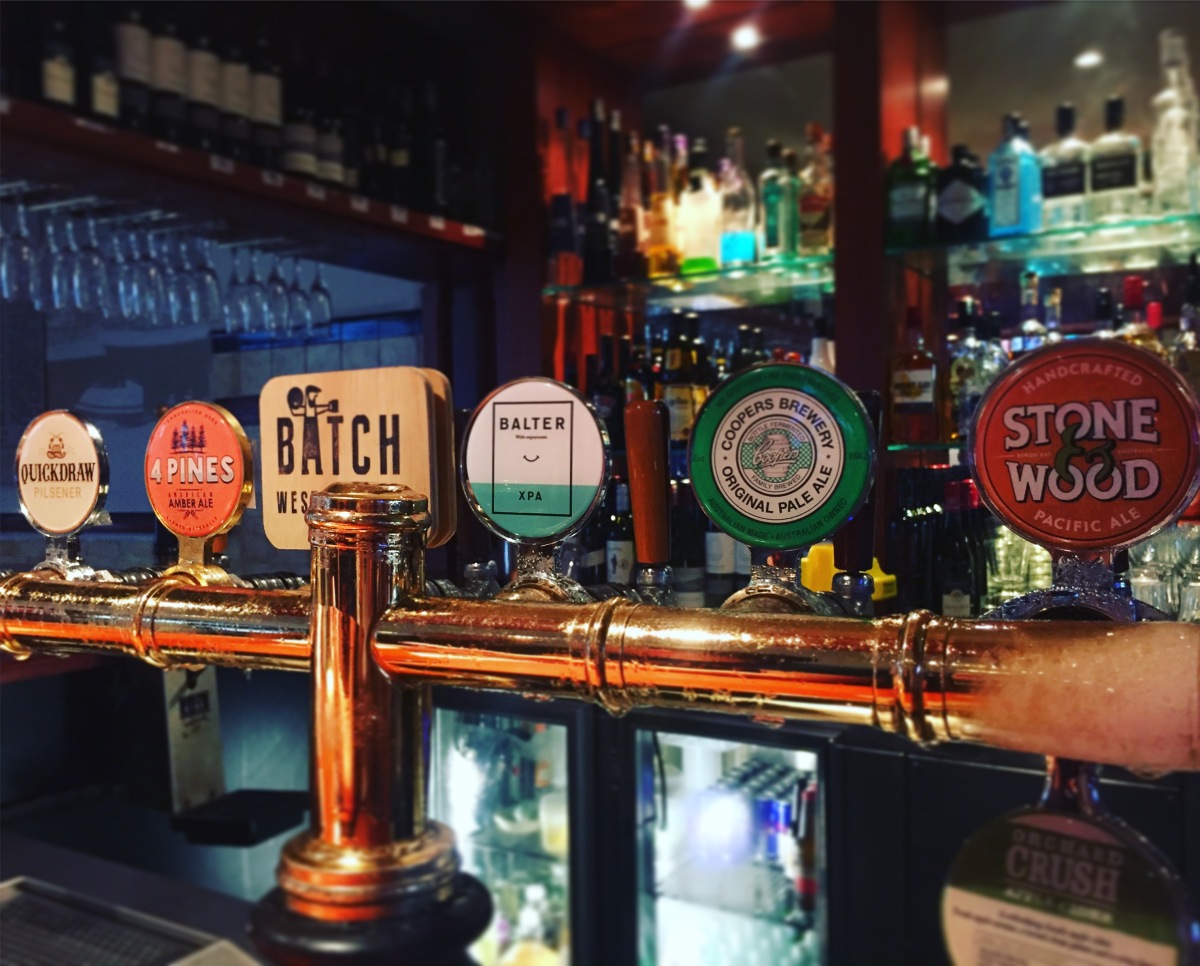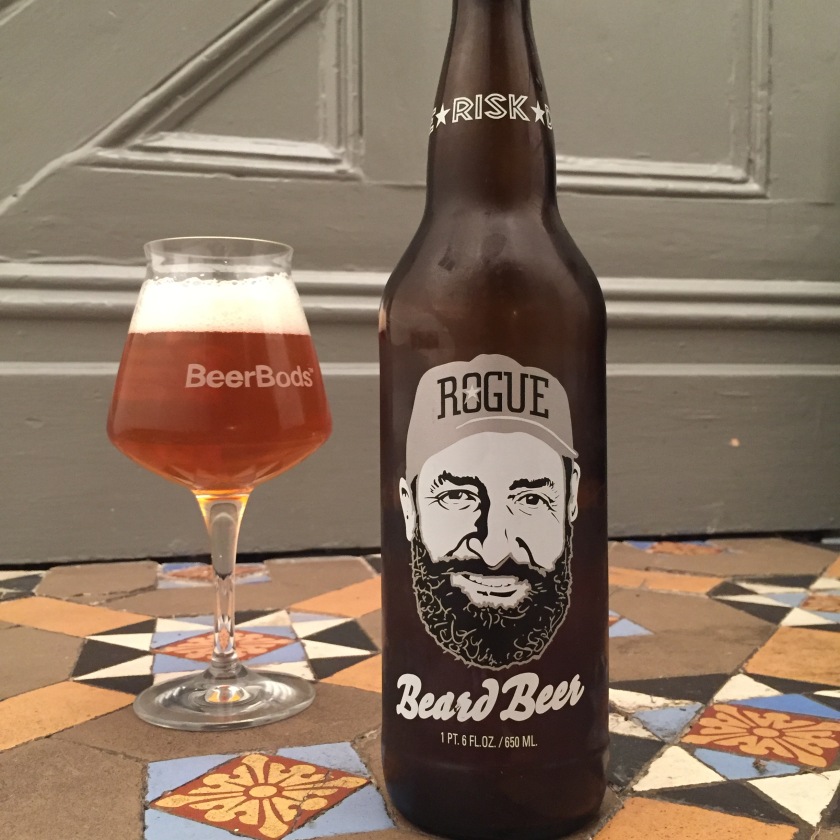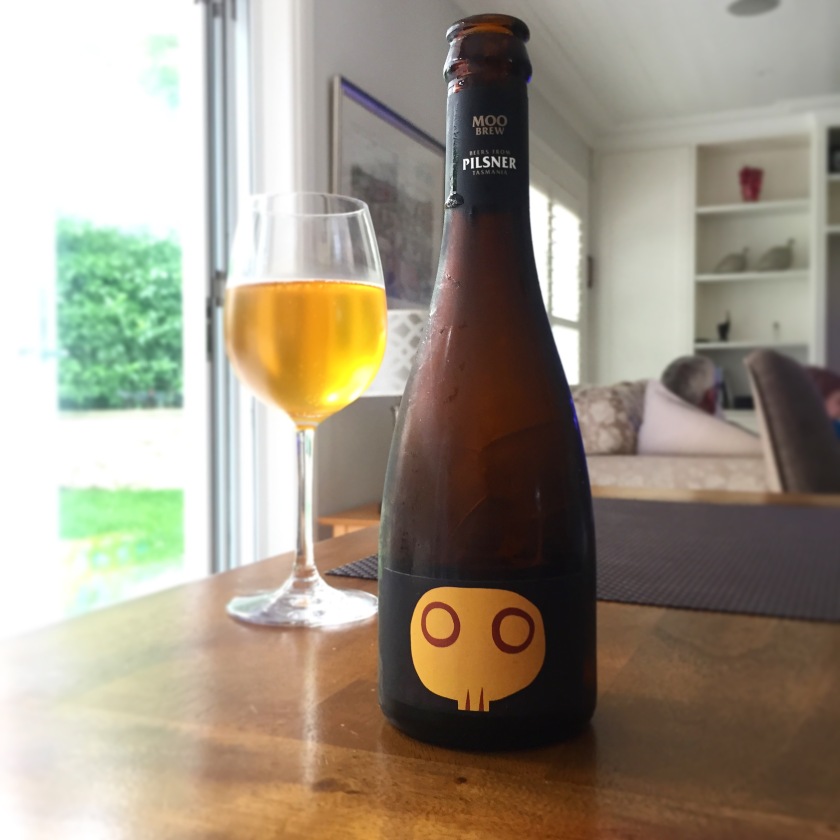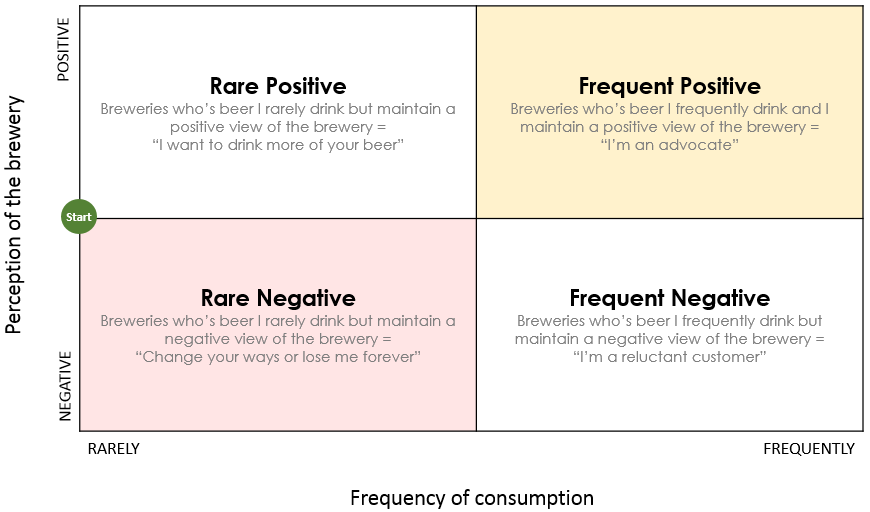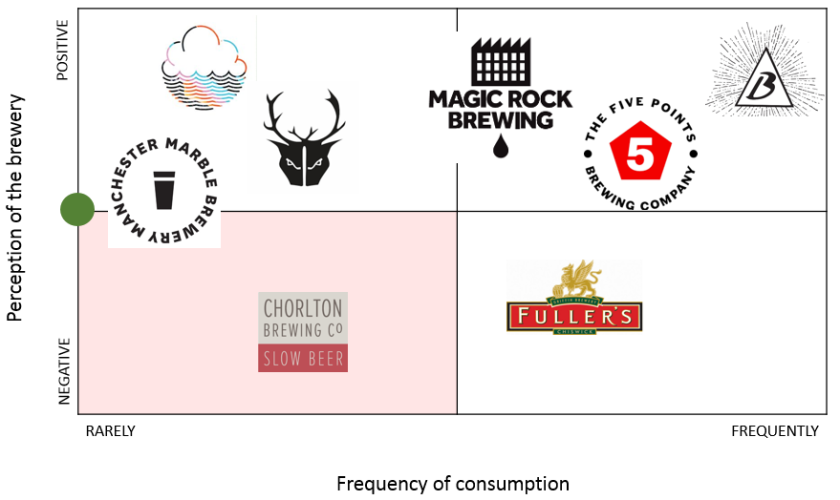Everyone knows that Fosters is Australian for beer. We know this because they have spent millions upon millions of marketing dollars re-enforcing this message. The message lands too by harnessing the power of the Australian stereo-type. Its simple blokes, mates, who love the beach, sport and taking the piss. And now for what might shock you.
Fosters is not Australian.
In fact you could argue Fosters branding is the worst case of cultural appropriation since Katy Perry performed in a Geisha outfit at the 2013 AMAs. Reading the Fosters Wikipedia page is like following the story of who owns the rights to a bad 1980s movie that is trying to be remade. The only problem is that, like any good stereotype, it exists because it is a familiar.
Times they are a’changing. Australia has a real appreciation for food and drink, provenance and craft, taking foreign influences and adding a local touch, or bringing their own to the world. Australian’s are behind a wave of third wave coffee to influence changing tastes and preferences here in London. Taylor Street Baristas was founded in 2006 by three Aussie siblings who noticed a depressing dearth of good quality coffee in London. It’s another reason why the previously successful Walkabout pub chains closed – people’s tastes and experiences have shifted. Australians views have shifted to a focus on good food and drink, a healthy lifestyle and quality.
So when I saw this poster being used at the recent Australia Day Beer Festival I really felt it was wide of the mark in terms of how Australian craft beer should be marketing and positioning itself. At the risk of sounding petty, this is what put me off. The abbreviation of Australia to Oz felt too casual. Sure maybe it’s to keep the twitter handle to a minimum. The budgie smugglers picture is all kinds of wrong. The exact tongue in cheek, wink at the camera shenanigans that you would see form a Foster advert.
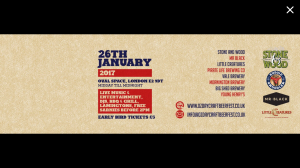
A key thing Australian craft breweries need to sell is Australia as a craft beer producer. As a beer drinker, why should people care about Australian craft beer? What does Australian craft beer have to offer? There are a few things I would be doing. Highlight the provenance of Australian ingredients – our barley, hops and water bring something slightly different. Whether its Stone & Wood highlighting Australian hops in their Pacific Ale, or Moo Brewery’s stunning beers showcasing Tasmania water. Highlight our influences – whether it’s US, German or British brewing that is the inspiration, how have we taken that and reinterpreted styles and flavours for an Australia consumer. The other thing, in the age of appreciating beer as a fresh product that needs to be treated properly, is ensuring you have a supply chain that looks after the beers. Cold storage on the trip to the UK is an absolute must. Avoid the easy Australian stereo-type.
Once you’ve got people excited about Australian beer, you need to get them excited about you as a brewery. For me there are two key things to consider. The first is obviously the beer. Making great beer gets people talking about what you are doing. People taking leads to recognition, which leads to Hype. Awards are always helpful. The second is a strong individuality, uniqueness and narrative around the brand. Avoid the easy Australian stereo-type.
The Australian craft beer scene has its own nuances. Firstly the big breweries, Lion Nathan (subsidiary of Kirin) and Carlton and United breweries (subsidiary of ABInbev) came to the party very early on. Establishing craft brands (James Squire) and buying craft breweries (Matilda Bay) and marketing their beer as craft. This Australian Craft Beer Industry Association (CBIA) endorsed this view with the definition for craft that included these breweries as long as they were under a certain size.
But there is some really great independent breweries that have sprung up too. They are young, ambitious, passionate and determined – sound familiar?
While relatively new to the party, having launched in March 2015 (around the same time as Cloudwater), Pirate Life is among the vanguard of the independent craft beer scene. They come with pedigree. CEO Michael Cameron is a beer industry veteran. Brewers Jack Cameron, Michael’s son, has stints at BrewDog and Little Creatures on his brewery resume. Red Proudfoot worked with Jack at BrewDog and also spent time brewing with Cheeky Monkey in Margaret River, another of Australia’s wine producing regions.
A name like Pirate Life comes with obvious connotations; swashbuckling, carefree, bravado. It also comes with a feeling if youth rebelling. Perhaps a bit of BrewDog’s ethos rubbed off on Jack and Red. For them it also means not compromising on quality and flavour.
Adelaide is their home, which is close to the heart of Australia wine country, with the Barossa and McLaren Vale regions known for their quality producers. There is also a number of other craft breweries in Adelaide including Vale Brewery and Prancing Pony. There is also the large traditional brewer, Coopers, who could arguably be described as Australia’s original craft brewery, specialising in bottle conditioned ales. In fact their Pale Ale was once my absolute go to beer. This plays to my earlier point around what modern Australia means.
With a relatively tight core range, their beers have become instantly recognised for their flavour and quality. They have won a swag of awards for both their beers and as a brewery, and achieved unprecedented recognition in the GABS Hottest 100 craft beer countdown, a list based on public votes. In 2015 they had 3 of their core beers in the top 11 and backed that up with similar performances in 2016.
They have fours beers in their core range which they bringing to the UK. The Throwback IPA is a 3.5% ABV session IPA, a light hoppy number. The 5.4% ABV Pale Ale is a very drinkable malt forward Pale Ale, think Sierra Nevada Pale Ale or Oskar Blues Dales Pale Ale. The 6.8% ABV IPA is more of a West Coast IPA, bright and hoppy. The 8.8% ABV IIPA is more like a bigger version of their Pale Ale, rather than a juicy hop or murk bomb you see from other DIPAs on the market at this current point in time.




Freshness is key in beer, especially hoppy pale ales, and Adelaide is a long way from the UK. Pirate Life are committed to ensuring that their beers arrive in the UK and Europe in the best possible condition, using a cold storage supply chain. This re-enforces the commitment to quality.
There is a lot Pirate Life are doing right at the moment. Entering into the competitive and increasingly crowded UK market place is ambitious for a brewery on the other side of the world. I believe they have the credentials, the story and narrative around their brand and importantly the beers to make it a success.
Pirate Life will be sharing a stand at CraftBeerRising with Kegstar. Be sure to pop by to say hello to the team and try some of their beers. You can also find them at selected pubs and bottle shops across the UK.
Disclosure: I met with Sean Robertson, sales and marketing for Pirate Life Europe, in researching this post. He also provided free samples of the beer. Images are from the Press Release.
